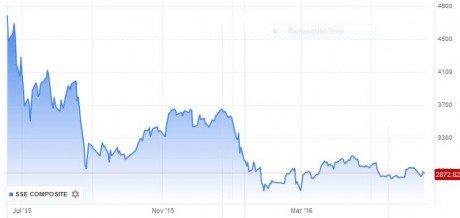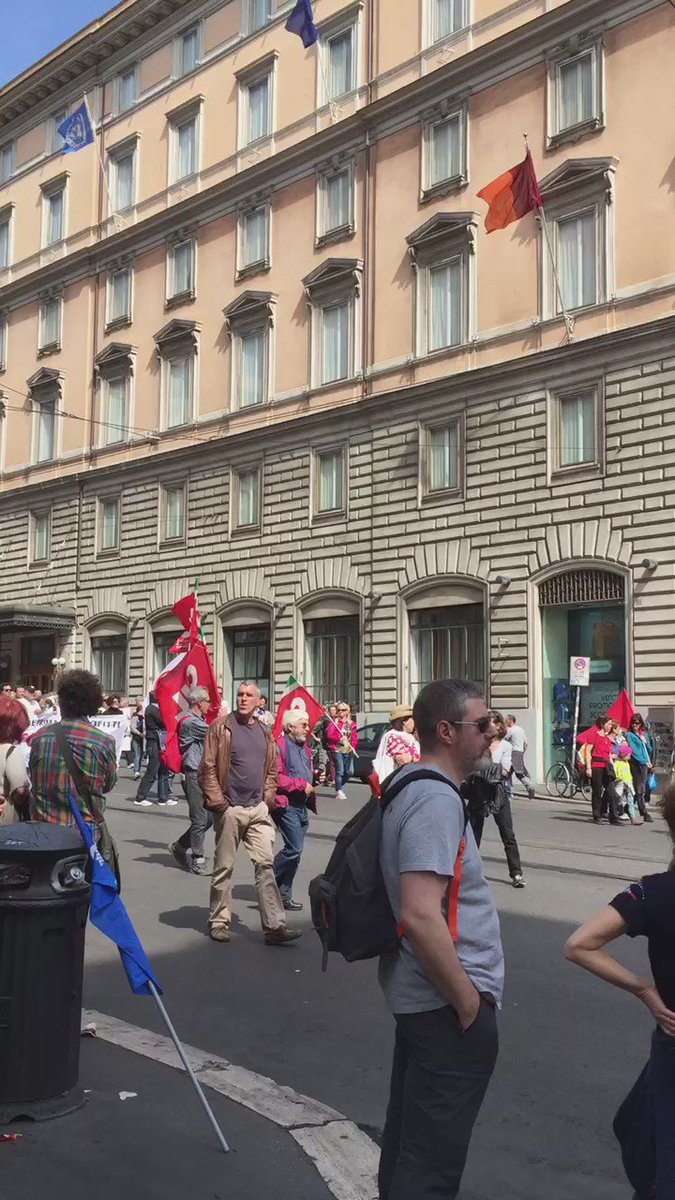Risk of contagion in Italy and far beyond would be huge.
Just how low can Italian bank shares go? That’s the question plaguing the minds of European investors, policy makers, bankers and central bankers. Today the shares of the country’s third largest publicly traded bank, Monte Dei Paschi, plunged 14% to €0.33, their lowest point ever. Two years ago, they ran between €5 and €9.
The reason for the latest plunge was news that the ECB had sent the bank a letter urging it to draw up a plan for tackling its bad-loan burden. The lender is being asked to reduce its load of curdled debt by €10 billion to €14.6 billion by 2018. That’s a big ask even in the best of times, and these are certainly not the best of times for Monte Dei Paschi. According toBloomberg, its loan loss provisions would represent over 95% of its operating profits.
No bank in Europe has fallen so low, so fast, without completely crashing and burning. On the eve of the global financial crisis, Monte Dei Paschi was worth €15 billion. Now its market cap is just over €1 billion. The only reason it’s still alive today are the multiple taxpayer-funded bailouts it has received, and all they seem to have achieved is to postpone the inevitable (and prolong the taxpayers’ suffering).
Earlier this year, Italy’s government was given the go-ahead to set up a bad bank in which to bury some of Italy’s most toxic financial waste. It was a €5 billion solution to a €360 billion problem, as we warned at the time – far too little, far too late. Last week the EU, in a fit of desperation, authorized the country to use “government guarantees” to create a “precautionary liquidity support program for their banks.”
…click on the above link to read the rest of the article…











